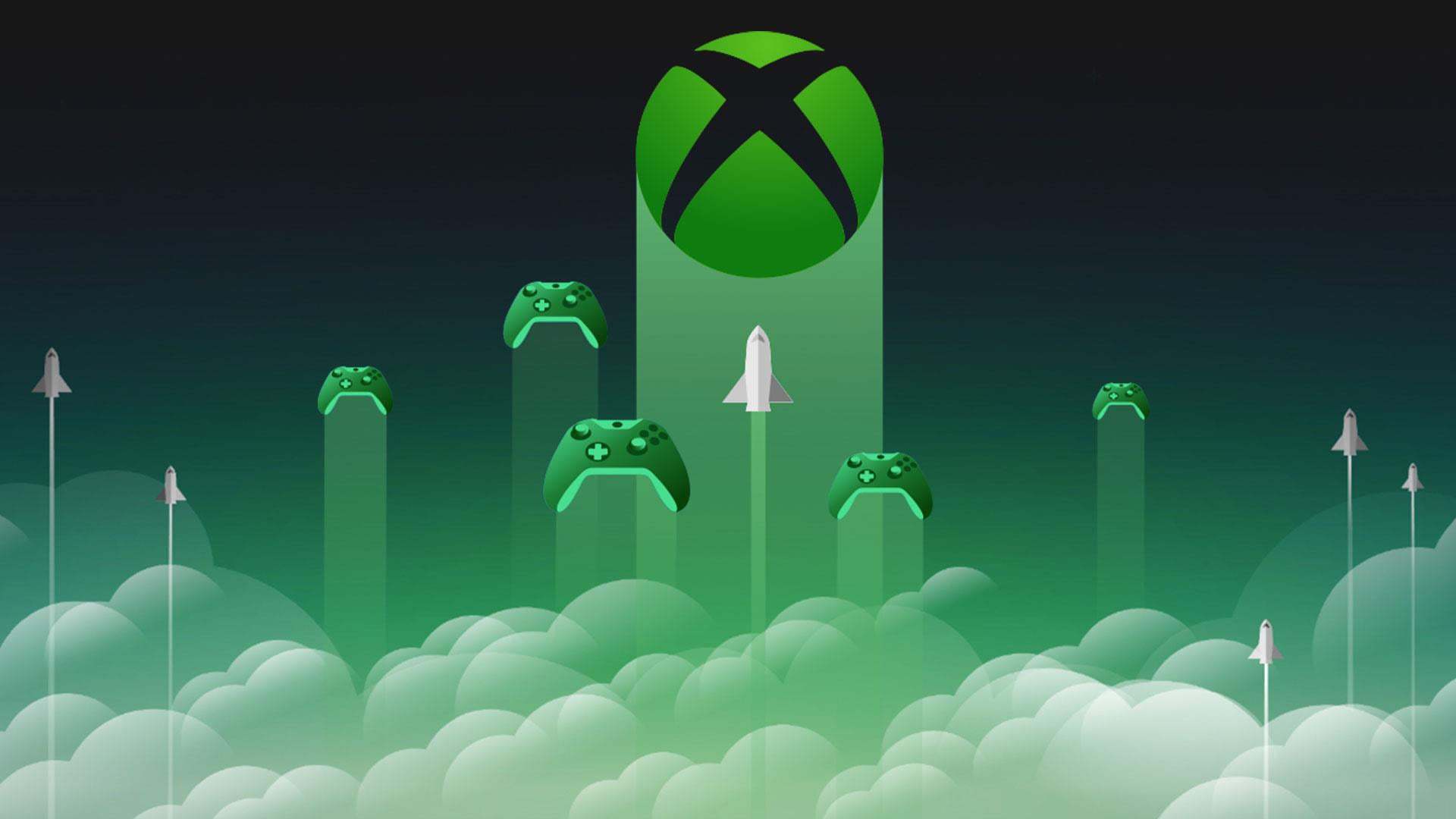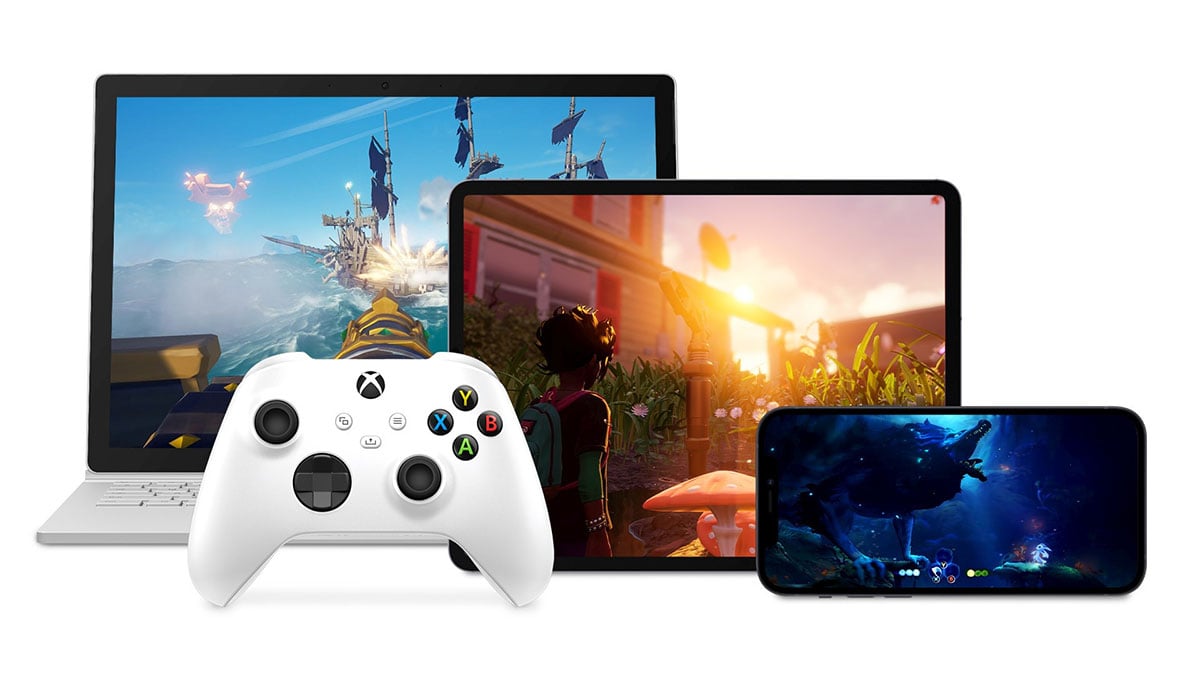Who Is This Really For? By The Black Viking

The advent of the Xbox Cloud Gaming app on the Fire TV Stick 4K Max seems revolutionary in the gaming world with a chance for Microsoft to democratize gaming, reaching out to those without the means or desire to own a traditional console. Yet, as with many tech promises, the reality has proven more complex and less rosy.
image credit Microsoft
A Marketing Mirage
Microsoft’s marketing strategy for Xbox Cloud Gaming is clear: target consumers who don’t own an Xbox console or a gaming PC (“No Console, Don’t be Scared”). The idea is to lure ultra-casual gamers and potential new entrants to the gaming world with the allure of playing Xbox games directly through a Fire Stick. This strategy removes the barrier of buying so-called expensive hardware. But the question remains: Does this market exist, and is it substantial enough to justify the hype?
Cost Comparison: A Tough Sell
A bundled package with the Fire TV Stick 4K Max, an Xbox controller, and an optional Ethernet adapter will set you back around $100 USD. For just $70 more, you could purchase a pre-owned Xbox Series S from GameStop at $170.99, even cheaper during holiday sales. This raises a critical point: For a modest additional investment, gamers can own a physical console that offers a superior, more reliable gaming experience without the myriad issues inherent to cloud gaming.
The Performance Quandary
The Xbox Cloud Gaming app’s promise of high-quality gaming without a console stumbles significantly regarding resolution in my testing. Most games are streamed at 720p, with only a select few reaching 1080p. This is a glaring shortfall in an era where 4K gaming is becoming the norm. Additionally, the app’s performance is heavily dependent on internet speed. In my test, I found an area within my house that had the US average download speed, which is 240-280 Mbps, and concluded that those speeds are insufficient for a smooth experience but testing with consistent speeds of 500+ Mbps via another room, was necessary for decent performance. This dependency on high-speed internet is a significant drawback, especially in regions with less robust infrastructure.
Latency: A Gamer’s Nightmare
Latency issues further dampen my Xbox Cloud Gaming experience. Popular titles like Halo and Fortnite, which require precise, split-second actions, suffer from a noticeable latency of around 1/4 second. This lag can frustrate competitive gaming and make it virtually unplayable, pushing serious gamers away from the service.

Missing the Mark with Game Selection
The absence of critical titles also diminishes Xbox Cloud Gaming’s appeal. Notably, Minecraft—a favorite among casual gamers—is missing from the platform. Additionally, most popular third-party games are unavailable due to the app’s restriction to Xbox Game Pass titles. There is also no word on whether the next installment of the popular franchise Call of Duty will make it to Xbox Cloud Gaming. This significantly narrows the library and limits the app’s attractiveness to so-called casual gamers.
The Price Barrier
The most prohibitive factor is the cost. At $20 per month, the price for cloud-only access is steep. There’s no cheaper tier for cloud-only consumers, which is a missed opportunity to attract a broader audience. This pricing strategy could deter potential subscribers, particularly those seeking a more economical gaming solution.
Internet Infrastructure and Accessibility
Xbox Cloud Gaming’s reliance on high-speed internet means it will perform poorly in less affluent countries with poorer internet infrastructure than the United States. Moreover, in niche cases like business trips, hotel internet speeds often need to be higher to facilitate decent gaming performance. While turn-based games might function adequately, fast-paced action games will struggle significantly.

Display Limitations
Another area for improvement is display quality. Games might look acceptable on handheld devices like the ROG Ally or your mobile phone, but the lower resolution (720p and 1080p) will not look good on screens larger than 32 inches. This further limits the app’s appeal to those who prefer gaming on larger televisions.
Competition: Outshined by Alternatives
It’s worth questioning why Microsoft is pushing Xbox Cloud Gaming so aggressively when competitive services like Amazon Luna or GeForce Now offer better performance and often at a lower cost. These services provide more robust and reliable gaming experiences without the severe limitations of Xbox Cloud Gaming.
Market Viability: A Question of Demand
A critical aspect to consider is whether there is a substantial market for individuals who do not own a console or a PC but are willing to pay for Xbox Game Pass Ultimate. Microsoft’s aggressive marketing suggests they believe this market exists, but practical challenges and costs associated with cloud gaming may not justify the investment for many potential users. In reality, Xbox Cloud Gaming might be better marketed as an additional feature for Xbox Console and PC gamers already subscribed to Xbox Game Pass rather than a standalone solution for those without traditional gaming hardware.
Understanding the number of Game Pass subscribers using the service without owning any traditional gaming hardware is critical. If this number is minimal, further doubts about the viability of the Xbox Cloud Gaming app in its current form will arise.
Conclusion
While the Xbox Cloud Gaming app on the Fire Stick TV 4K Max promises a console-free gaming experience, several critical issues hinder its success. The combination of limited resolution, performance issues, high latency in popular games, absence of key titles, and a steep price point makes it a less viable option for many gamers. For Microsoft to capture this market effectively, addressing these issues and offering more flexible pricing options will be crucial. Until then, the app remains a promising but flawed venture in the world of cloud gaming. The overarching question remains: Is there a substantial market for cloud-only gamers, and does the data support this move? Or should Xbox Cloud Gaming be repositioned as a complementary service for existing Xbox Console and PC gamers rather than a primary solution for those without gaming hardware?
